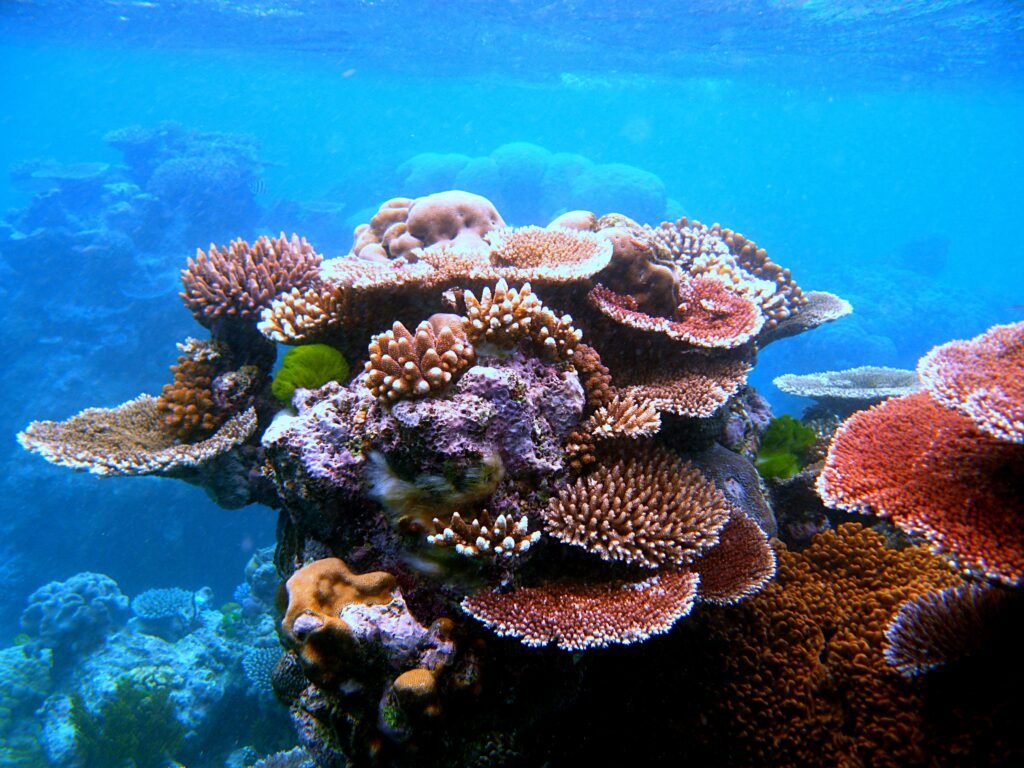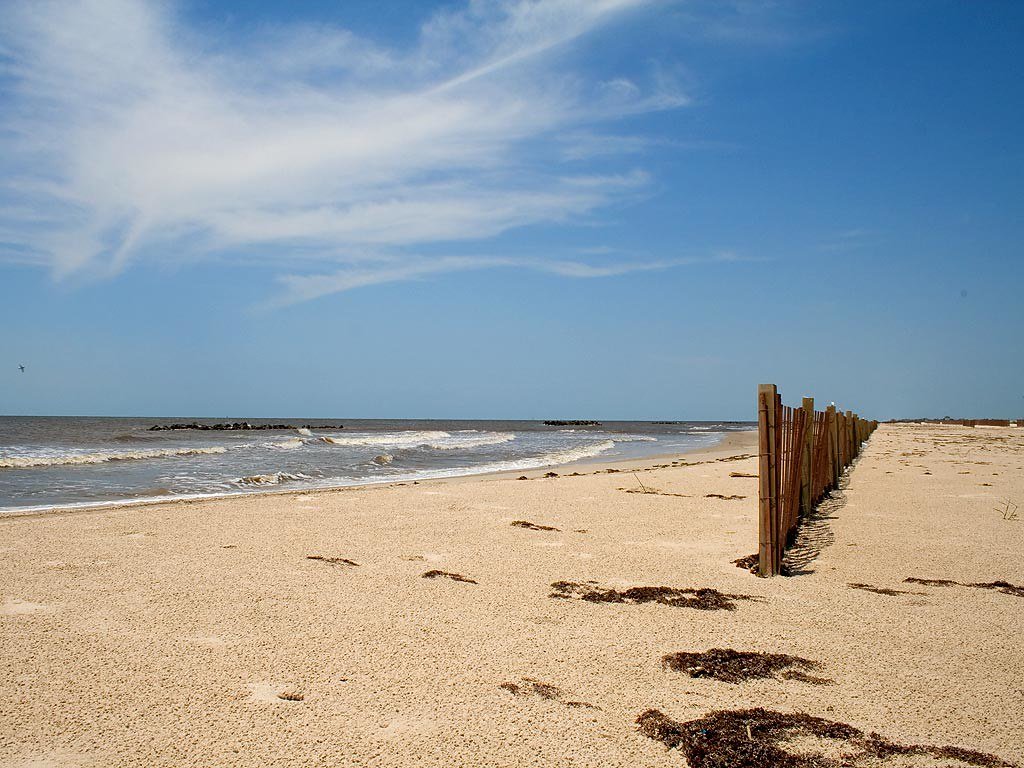Imagine diving beneath the waves into a world bursting with color—where intricate coral structures form underwater cities teeming with life. Now, picture returning a few years later to find those once-vibrant reefs bleached, broken, and eerily silent. This is the harsh reality for many coral reefs around the globe, but an inspiring movement is turning the tide: coral farms and underwater nurseries are stepping in as lifelines, reviving reefs that seemed lost forever. These innovative conservation efforts are a beacon of hope, weaving together science, community, and nature’s resilience in a breathtaking race to save one of Earth’s most precious ecosystems.
The Fragile Beauty and Importance of Coral Reefs
Coral reefs are not just beautiful—they are ecological powerhouses. Supporting about a quarter of all marine life, these underwater structures provide shelter, food, and breeding grounds for thousands of species. Beyond their ecological role, reefs offer coastal protection from storms and erosion, and they are the backbone of fishing and tourism industries for millions of people worldwide. Sadly, their very existence is threatened by climate change, pollution, overfishing, and destructive practices. The loss of coral reefs would mean the collapse of entire marine communities and a devastating impact on human livelihoods. Their beauty is matched only by their vulnerability, making their protection an urgent global priority.
Why Are Coral Reefs Dying?
The decline of coral reefs is a crisis with several culprits. Rising ocean temperatures cause coral bleaching, a phenomenon where corals expel their symbiotic algae and turn ghostly white, often leading to mass die-offs. Ocean acidification, driven by increased carbon dioxide, weakens coral skeletons, making them more susceptible to breakage. Human activities like coastal development, pollution, and irresponsible fishing practices further stress these delicate ecosystems. Diseases spread rapidly when corals are weakened, compounding the damage. The scale and speed of decline have alarmed scientists, sparking a global push for innovative solutions.
The Birth of Coral Farms: A Revolution in Conservation
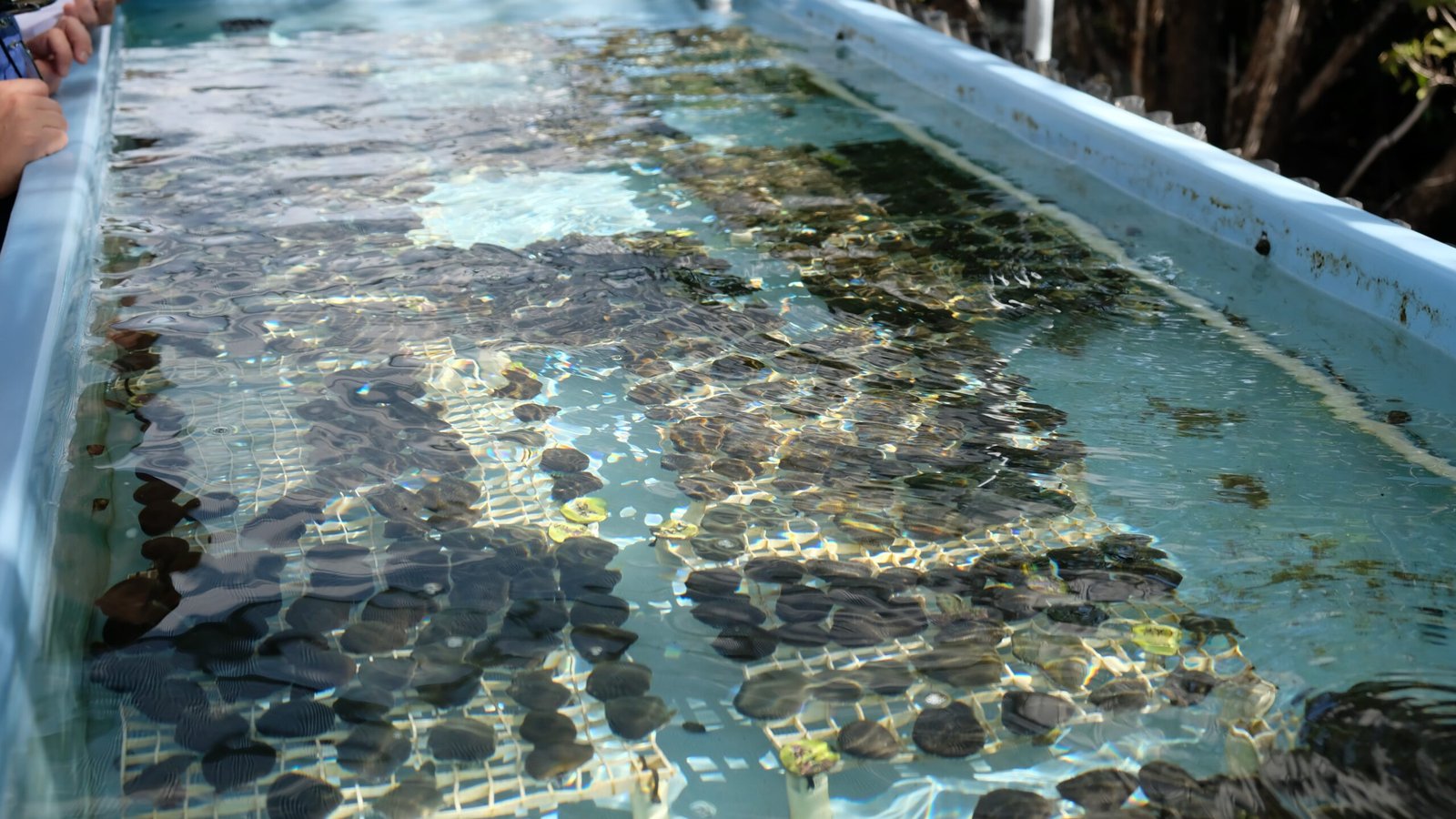
Coral farms are a blend of science and creativity, born out of necessity. Scientists and conservationists began experimenting with ways to grow corals outside their natural environments, much like farmers cultivating crops. The idea was simple but revolutionary: nurseries could nurture young corals until they were strong enough to survive in the wild. These farms often use small fragments of healthy corals, called “coral cuttings,” which can grow into full colonies much faster than natural reproduction alone. By multiplying resilient corals, farms create a steady supply of new life for damaged reefs, giving restoration efforts a much-needed boost.
How Underwater Nurseries Work
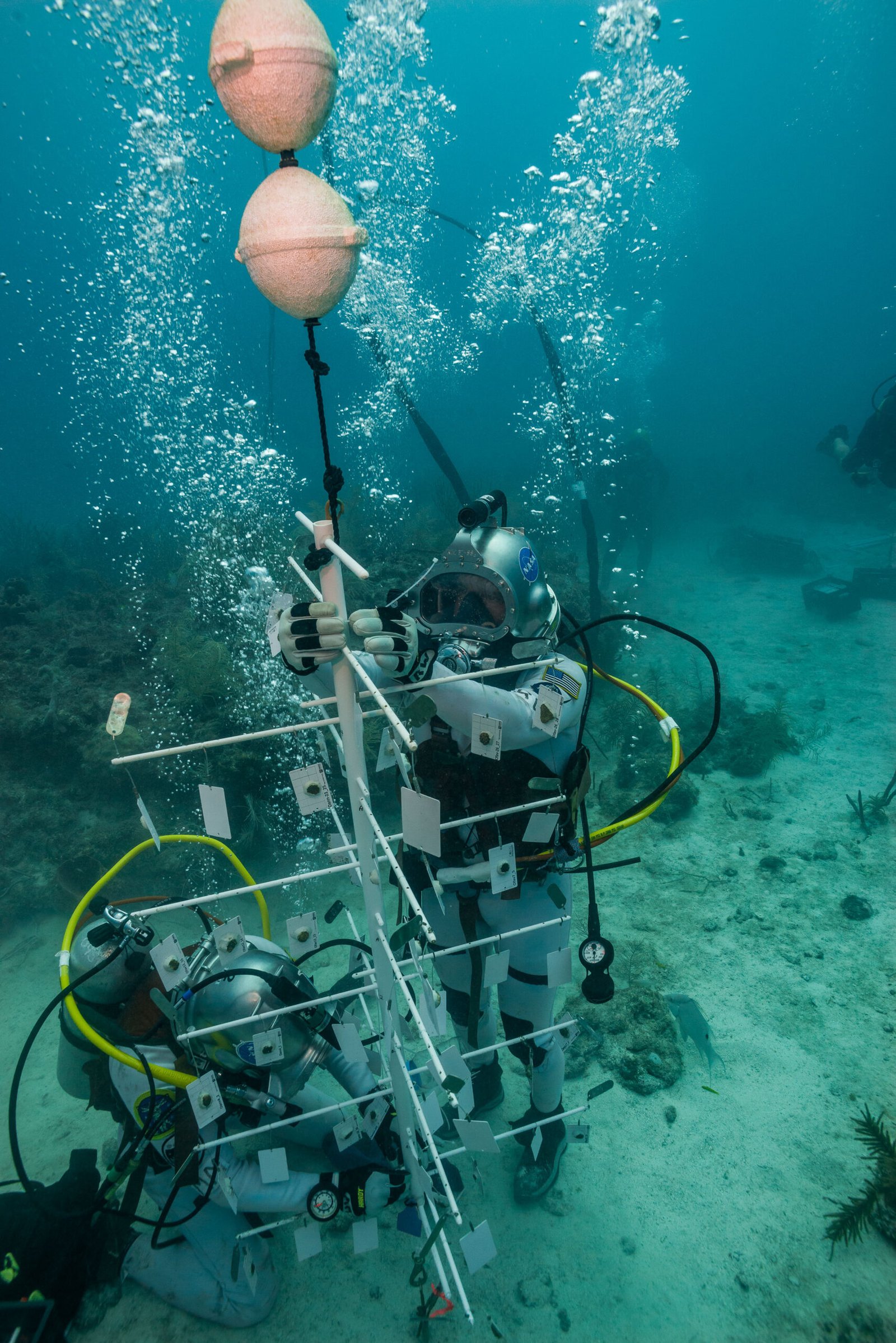
Underwater nurseries are like gardens beneath the sea, carefully tended by divers and marine biologists. Coral fragments are attached to structures such as ropes, PVC trees, or metal frames, suspended in the water where sunlight and currents are just right. These nurseries are strategically placed in areas with ideal conditions to maximize growth and minimize stress. Divers regularly clean the corals, remove predators, and monitor health, ensuring the fragments grow quickly and remain disease-free. After several months to a few years, these nursery-grown corals are transplanted onto damaged reefs, where they can thrive and rebuild the ecosystem.
Techniques for Growing and Transplanting Corals
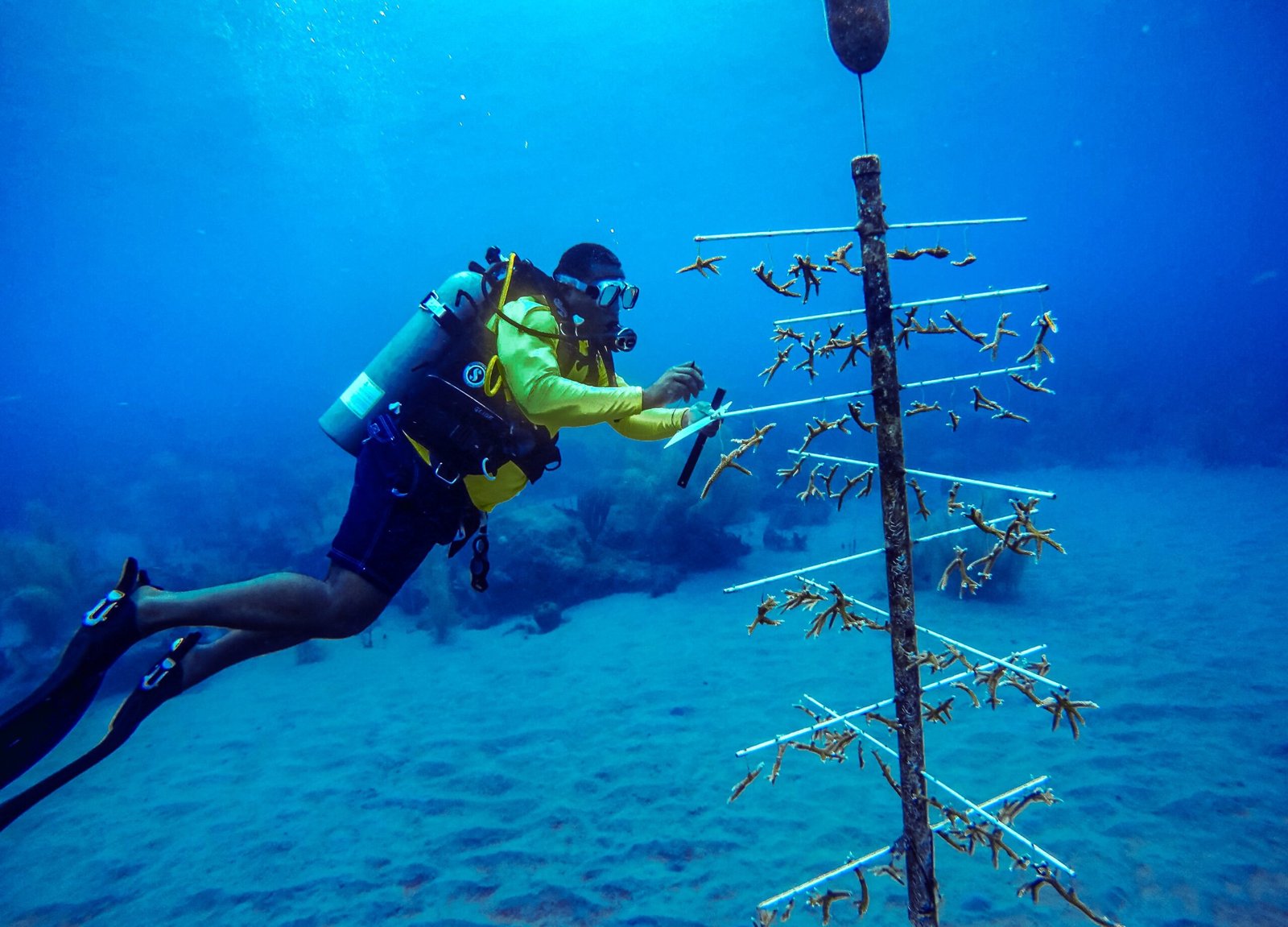
Restoration teams use a variety of techniques to ensure success. Microfragmentation, for example, involves breaking corals into tiny pieces, which encourages rapid healing and growth—sometimes up to 50 times faster than in the wild. Another method is “coral gardening,” where fragments are raised in nurseries before being carefully glued or attached to reef structures in the ocean. Scientists also experiment with selective breeding to propagate corals that are more tolerant to heat and disease. Each technique is tailored to the needs of specific coral species and local environmental conditions, maximizing the chances of survival and long-term recovery.
The Role of Local Communities and Volunteers
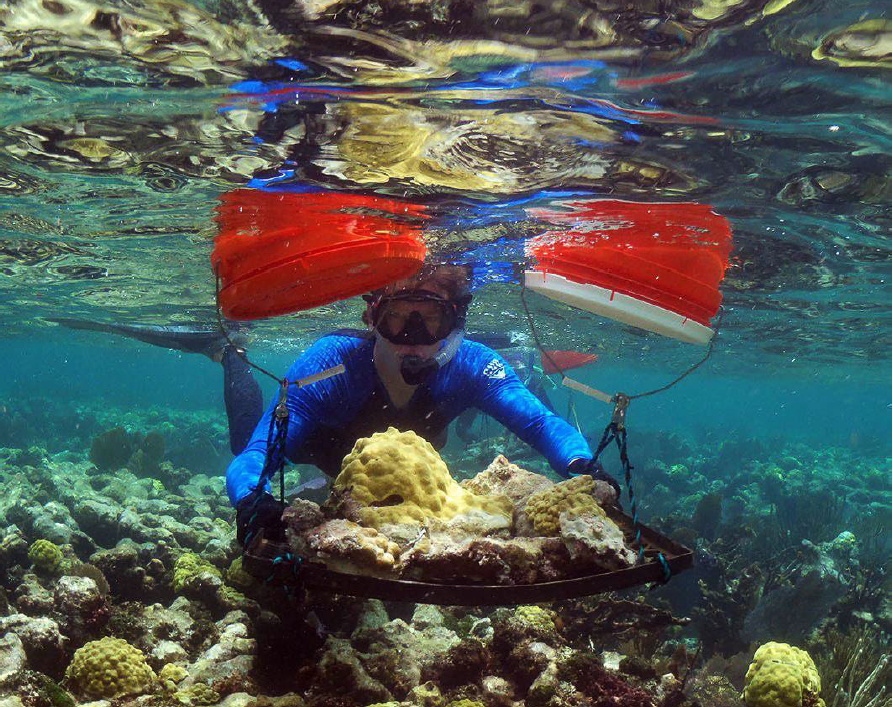
Local communities are the heart and soul of many coral restoration projects. In places like Indonesia, the Caribbean, and the Great Barrier Reef, fishermen, divers, and schoolchildren are trained to care for nurseries and plant new corals. These efforts foster a powerful sense of stewardship and pride, turning former reef users into passionate guardians. Volunteers often participate in hands-on restoration dives, helping to prepare, plant, and monitor corals. Community-driven projects build trust and resilience, ensuring that restoration is not just a one-time intervention but a lasting commitment to the ocean’s health.
Challenges Facing Coral Restoration
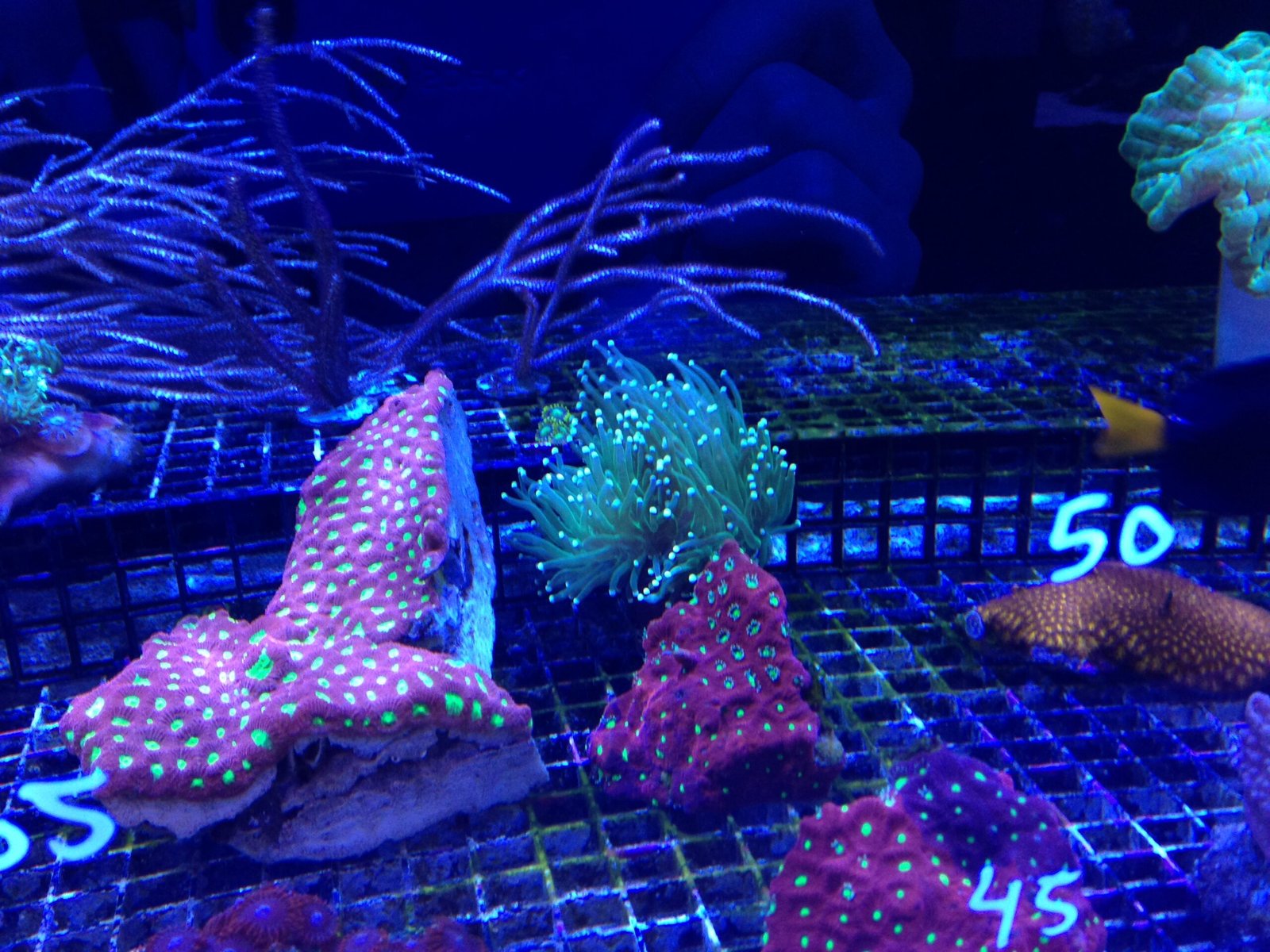
While coral farms and nurseries offer hope, they are not without obstacles. Extreme weather events, such as hurricanes or heatwaves, can devastate newly planted corals. Disease outbreaks and predation by creatures like snails and starfish can wipe out entire nursery crops. Funding is a constant challenge, as large-scale restoration requires significant resources and ongoing support. Scaling up projects to restore vast reef systems is complex, and success depends on careful monitoring and adaptive management. Despite these hurdles, the dedication of scientists and local communities keeps the movement alive, adapting and innovating with every setback.
Success Stories: Reefs on the Road to Recovery
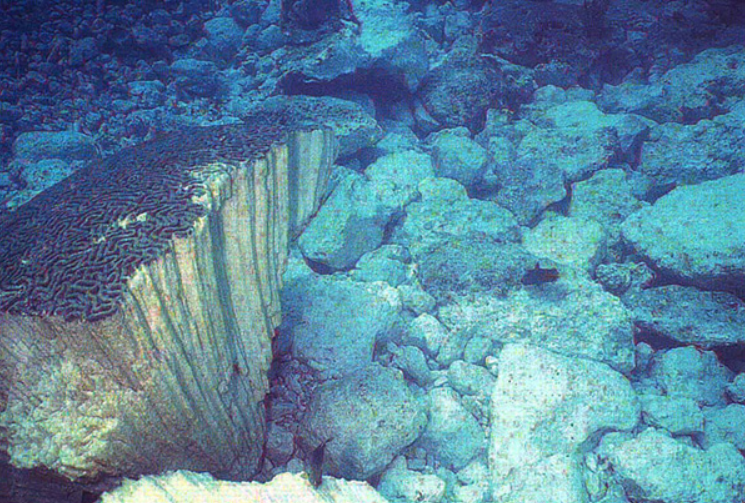
There are inspiring examples of reefs bouncing back with the help of nurseries. In the Florida Keys, large-scale restoration has brought back threatened staghorn and elkhorn corals, once thought to be nearly extinct. In the Philippines, community-led nurseries have transformed barren reef patches into thriving underwater gardens. The Maldives has seen remarkable regrowth on popular tourist reefs, attracting both marine life and visitors. These stories prove that, with patience and persistence, degraded reefs can be revived. Each success is a testament to human ingenuity and nature’s remarkable resilience.
New Frontiers: Science and Technology in Coral Restoration
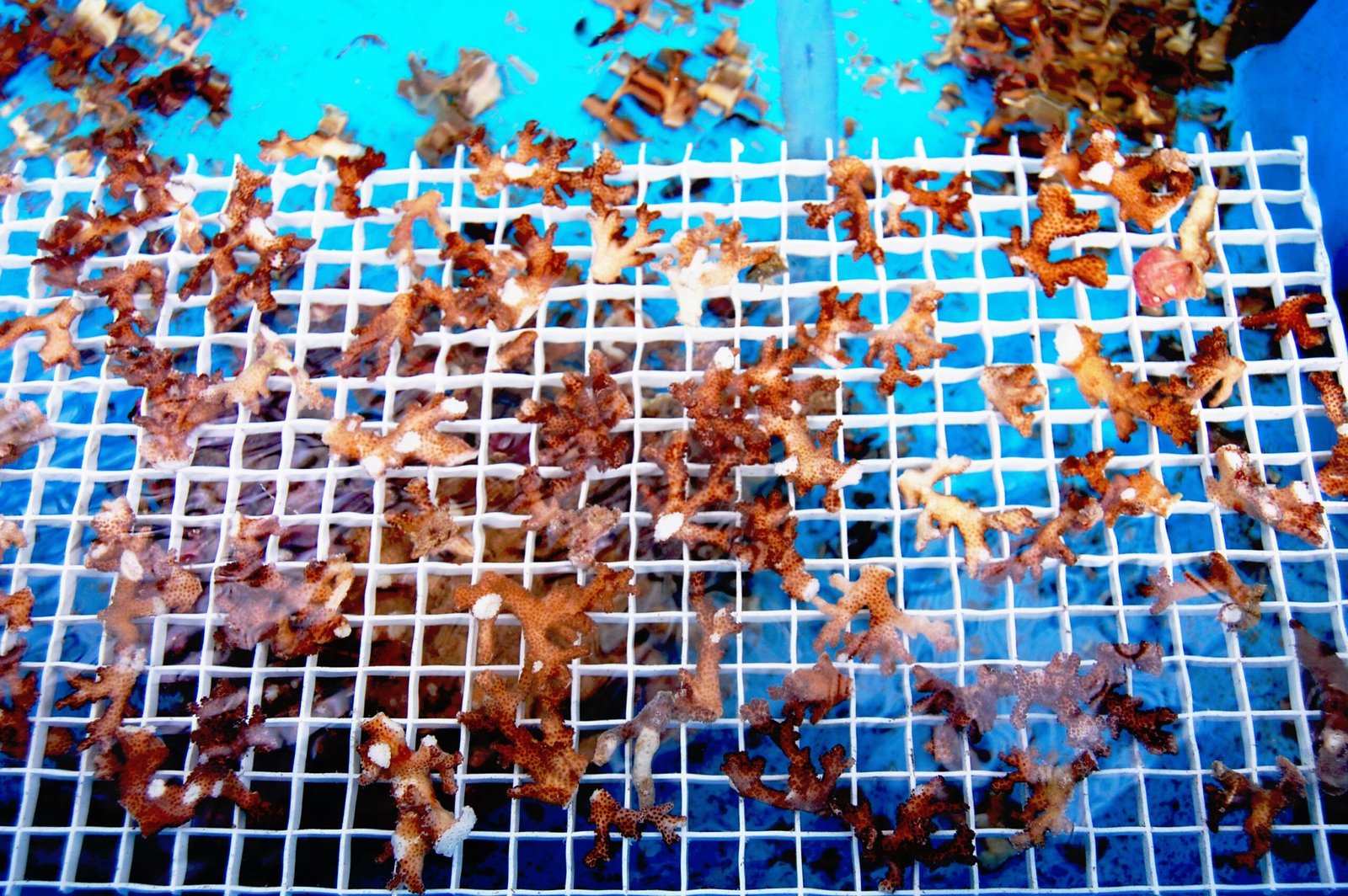
Innovation is pushing coral restoration into exciting new territory. Scientists are experimenting with “assisted evolution,” breeding super-resilient corals that can withstand hotter, more acidic oceans. Robotics and AI are being used to monitor reef health and automate coral planting, making restoration faster and more efficient. 3D printing technology allows the creation of artificial reef structures that mimic natural habitats, providing a solid foundation for new coral growth. These cutting-edge tools are accelerating progress and offering hope that large-scale reef recovery is within reach.
The Bigger Picture: Coral Restoration and Climate Action
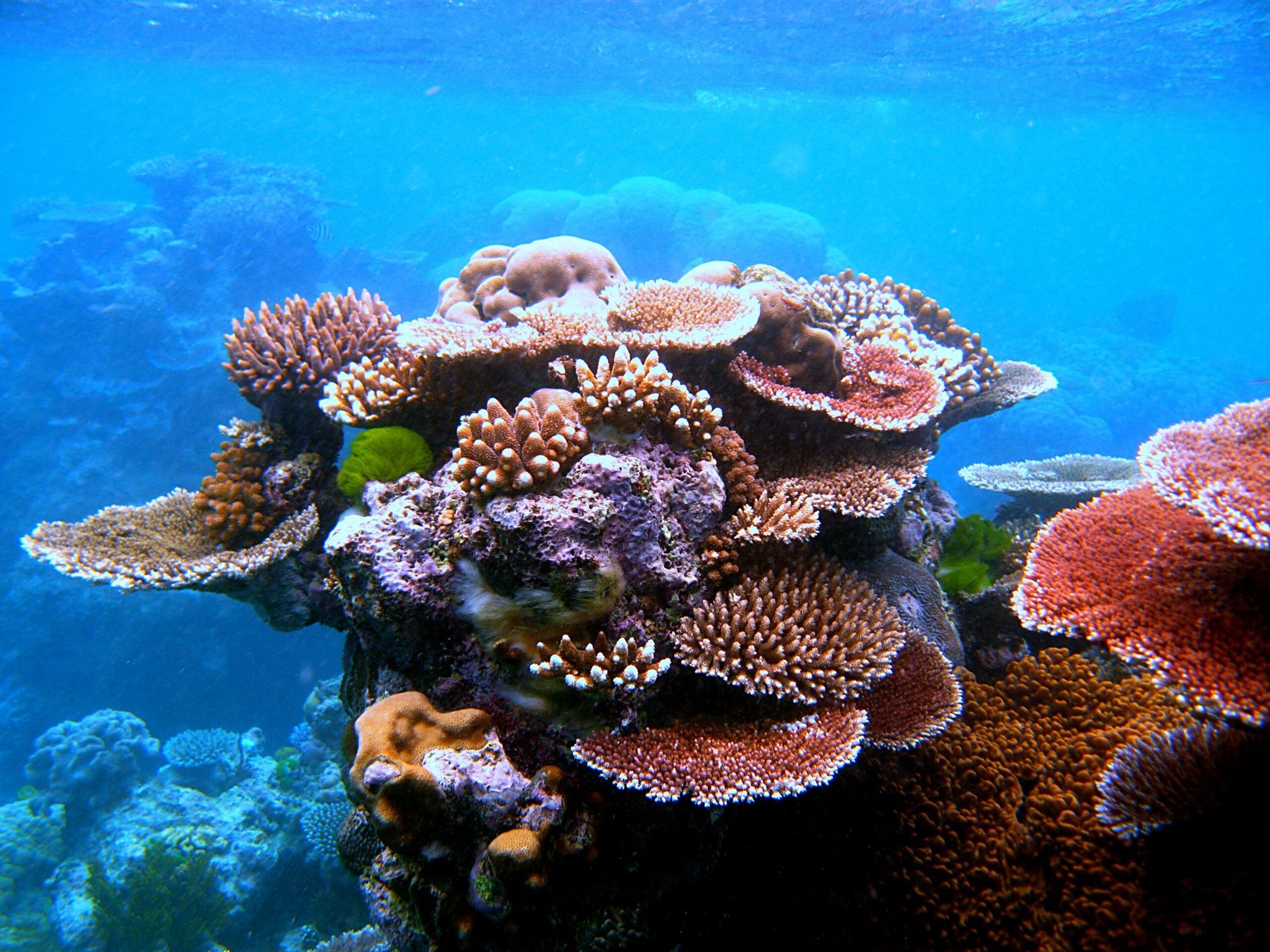
Coral farms and nurseries are powerful tools, but they are not a silver bullet. Long-term reef survival depends on tackling the root causes of decline, especially climate change. Restoration projects serve as living laboratories, teaching us how ecosystems respond to stress and what it takes to help them recover. They also inspire action, showing that individual and collective efforts can make a real difference. Protecting reefs means reducing carbon emissions, supporting sustainable fishing, and promoting ocean-friendly policies. Every restored coral is a small victory in the larger fight to protect our planet’s future.
What Lies Ahead: A Call to Action
The story of coral farms and underwater nurseries is one of hope against overwhelming odds. It’s a reminder that even small acts can build into waves of change. By supporting restoration efforts, choosing sustainable seafood, and spreading awareness, anyone can play a role in saving the reefs. The next time you think of a coral reef, imagine the hands—scientists, fishermen, children—working tirelessly to give it new life. Will these efforts be enough to turn the tide for coral reefs worldwide?

